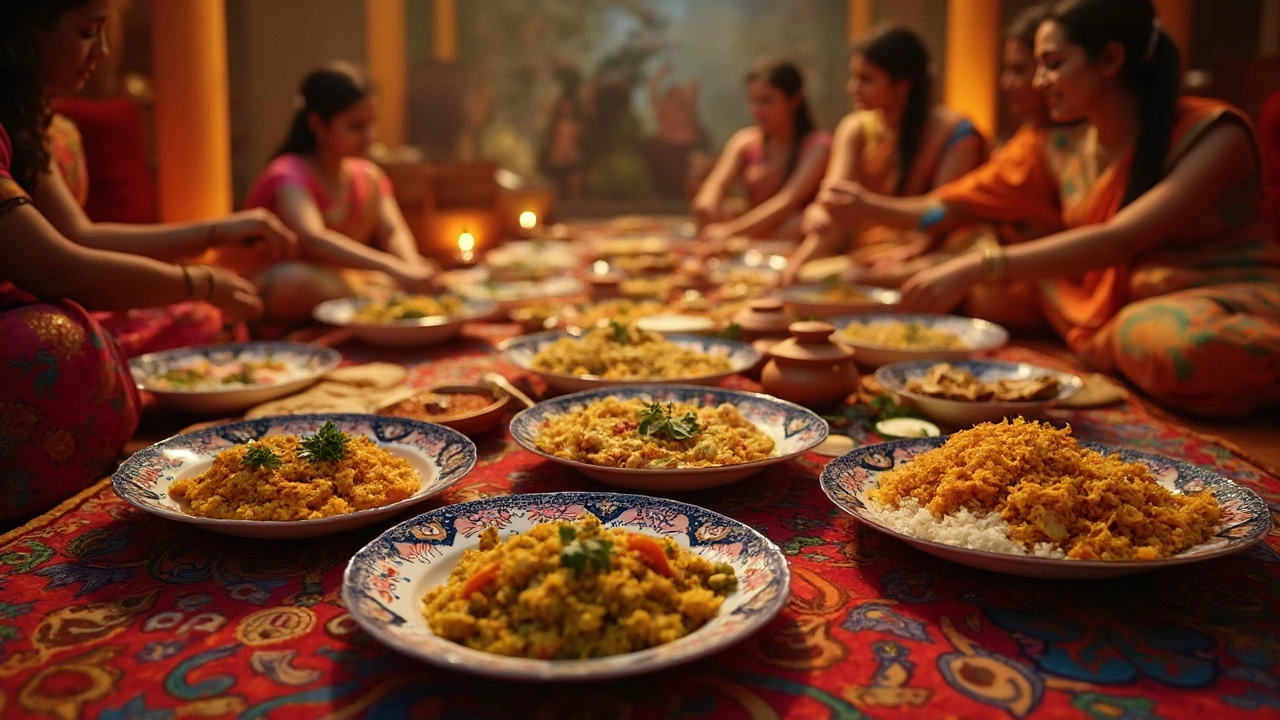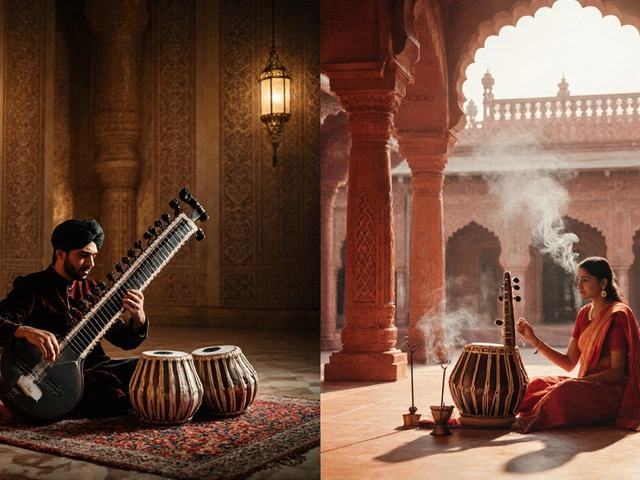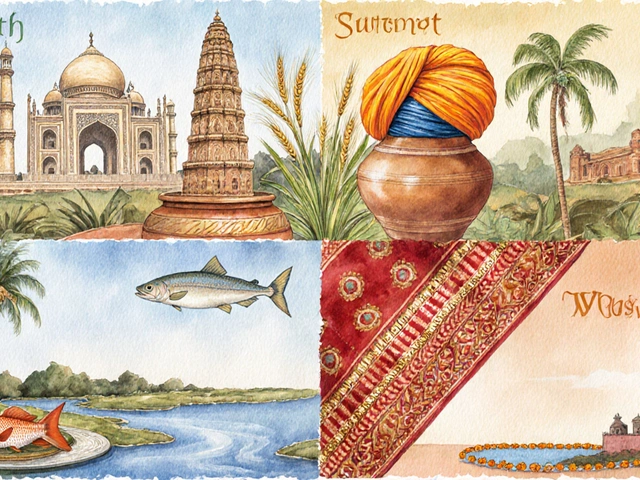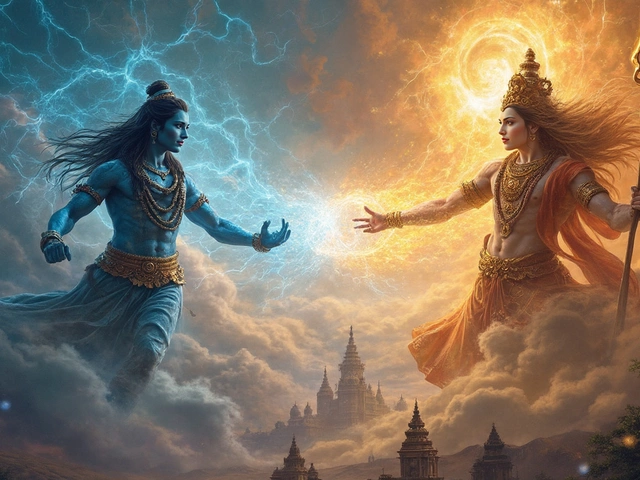Dinner Habits in India: What People Eat and When
When it comes to dinner habits, the routines and traditions around evening meals in Indian households. Also known as evening meal customs, these practices reflect deep-rooted cultural values, regional diversity, and daily rhythms that shape how families connect over food. Unlike Western cultures where dinner is often the largest meal of the day, in India, dinner isn’t always about quantity—it’s about timing, togetherness, and tradition.
Across India, dinner times vary wildly. In rural North India, families might eat as early as 6:30 p.m., especially if they’ve been working in fields all day. In cities like Mumbai or Bangalore, dinner can stretch past 9 p.m., especially on weekends or during festivals. This isn’t just about schedules—it’s about climate, work patterns, and family structure. In South India, dinner is often lighter, with rice, sambar, and curd rice dominating plates, while in the North, roti, dal, and vegetables take center stage. Even the way people eat differs: many still eat with their hands, believing it connects them to the food’s texture and temperature, a practice tied to Ayurvedic principles about digestion and mindfulness.
Indian family dining, the shared ritual of eating together, often with multiple generations at one table. Also known as communal meals, this tradition isn’t just about food—it’s about respect, hierarchy, and emotional bonding. Elders are served first. Children wait. Conversations are slow. Phones are often set aside. This isn’t nostalgia—it’s daily life for millions. Even in urban homes where both parents work, dinner remains a sacred pause. The meal might be simple: leftover dal, a bowl of rice, a few pickles. But the act of sitting together, sharing the same plate or serving dishes passed around, reinforces identity. It’s how stories get passed down, how kids learn what’s important.
Regional differences shape dinner habits just as much as religion or caste. In Gujarat, many families skip dinner entirely or eat just fruit and milk, following a Jain-inspired practice of fasting after sunset. In coastal Kerala, fish curry and steamed rice are common, even late at night. In Punjab, buttery makki di roti and sarson ka saag might be eaten for dinner on cold winter nights. In Bengal, the evening meal might include panta bhat—fermented rice soaked overnight—a dish tied to monsoon traditions and rural life.
Modern life is changing things. Younger Indians in cities are eating later, ordering delivery, or skipping dinner to watch shows. But even then, the pull of tradition remains. A student in Delhi might grab a sandwich for dinner—but still text their mom to say they ate. A nurse in Chennai might eat at midnight after her shift, but make sure her plate has rice and lentils, just like her grandmother taught her.
What you’ll find below are real stories and observations from across India: how dinner isn’t just what’s on the plate, but who’s sitting around it, when they sit, and why they still choose to do it—even when life gets busy. These posts don’t just list foods. They show how dinner habits are quiet acts of resistance against fast-paced living, anchors to culture, and daily rituals that keep families grounded.





